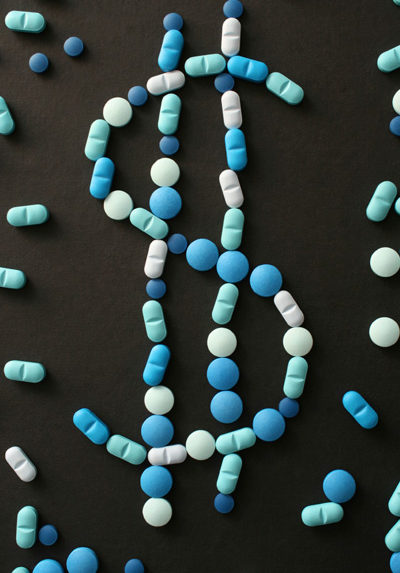Roughly one in four Americans risk their health when they skip doses or don’t fill prescriptions because they simply couldn’t afford it. I often wonder whether they told their health care providers about the problem. Did they call about drug alternatives? If they did, what was the answer?
Doctors, nurse practitioners, and physician’s assistants are under pressure as demands on their time increase and their numbers dwindle. But they still want to learn more about how to best help their patients. Smart questions from patients will save them time and save you money.
Here’s a look at five things that you can do to reduce your medicine bill.
1. Ask for generic forms of your medicines. Generics meet the same standards for safety and effectiveness as the brand-name varieties. Even though they may not advertise on TV, they offer a good way to avoid sticker shock at the pharmacy. A handful of medicines require very precise dosing and may need to be given in the same brand-name form; most of those, fortunately, are older drugs and not exorbitantly expensive.
2. Seek information to help you understand your current medications. Visit your pharmacist when the store is not busy, or ask if you can leave your drug list and come back later for suggestions about similar and lower costing medicines that your prescriber may agree to use instead. Or visit Web sites, such as webmd.com or drugdigest.com, that can explain what a medicine is for, how it works, and if there are less expensive alternatives with similar benefits.
3. Take advantage of a group of medications that large pharmacy chains provide for only a few dollars a month. The drugs are generally listed by category: ulcer and reflux treatment, diabetes, arthritis, glaucoma, and so on. If you are on several medications, the odds are good that some are on the discount list. But if they aren’t, look at other pills within the category to see if the generic forms (the long name beside the trade name) are similar to the ones you’re using. Blood pressure pills ending in “lol” (beta blockers) can range in cost from less than your HMO copayment to “the sky’s the limit,” and so can arthritis medicines ending in “oxicam” or “profen.” Faxing your doctor a short list of possible options and pointing out the cost difference may save you from having to choose between your health and your budget.
4. Beware of the sample cabinet. Although a few days of free antibiotics may save money in the short run, the goal of a sample drug is to convince the doctor to give it by prescription next time. If insurance covers it, you won’t complain. And the doctor will go on thinking it’s just the ticket for sinusitis or possible pneumonia, unless somebody points out that a week’s supply costs $100. If the medication is for a long-term problem like diabetes or arthritis, the pharmacy bills will continue long after that sample pack is gone.
5. Contact the pharmaceutical company. The Partnership for Prescription Assistance (1-888-4PPA-NOW, pparx.org), for example, is a free service developed by pharmaceutical companies, doctors, and health care advocates. If you provide information about your prescription coverage and financial situation, their representatives will keep the information confidential and help you find company-based patient assistance programs that offer low-cost or free medicine.
Stella Fitzgibbons, M.D. is board certified in internal medicine and a hospitalist at The Methodist Hospital in Houston, Texas.
Become a Saturday Evening Post member and enjoy unlimited access. Subscribe now



